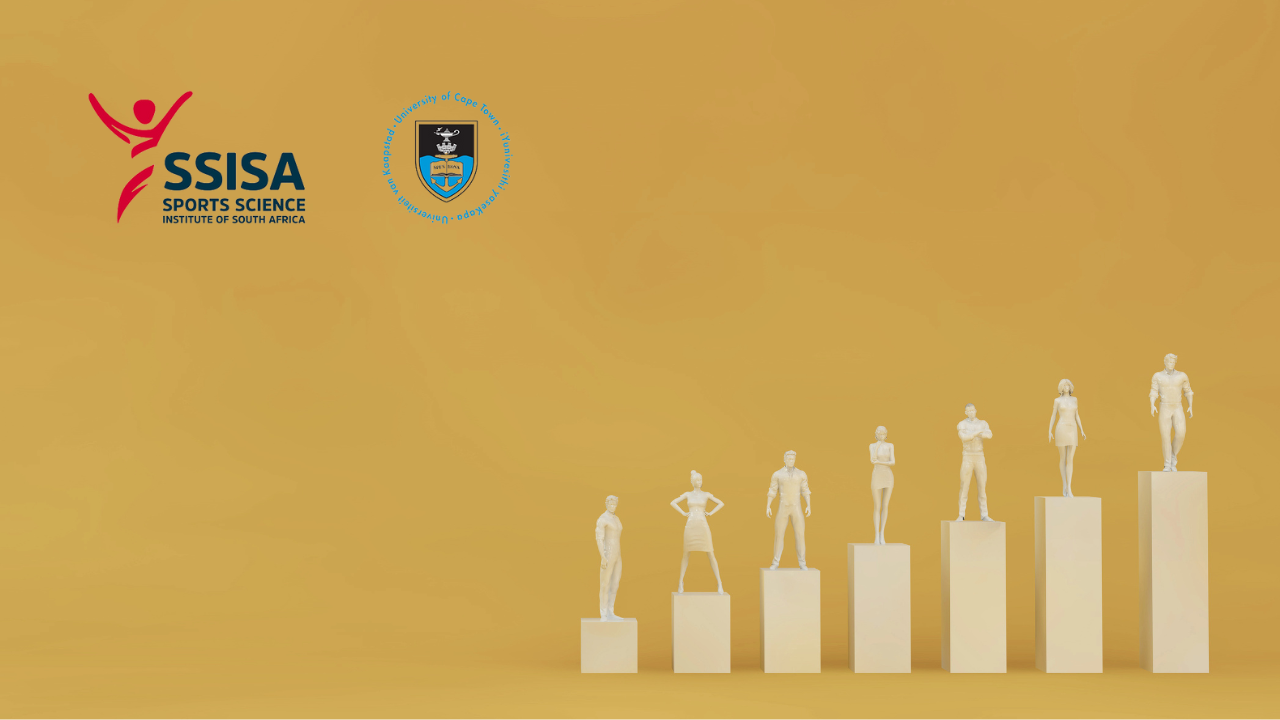Developing sporting performance is something that is of interest for everyone. From the world beaters to weekend warriors, everyone is looking to develop, improve, and/or maintain their sporting ability. But the process of development can be tricky – especially when dealing with younger athletes. How do you develop an athlete as they grow up? How can you set them up for a future in sport? The Long-Term Participant Development (LTPD) model was developed by the South African Olympic Committee (SASCOC) to guide South African sports on this very topic (1).
LTPD model focuses on developing physical literacy across an athlete's lifespan. It's a comprehensive framework that is aimed not only at achieving sporting success but also fostering life-long sports participation. The essence of the LTPD model lies in recognizing the importance of an individual's developmental age, which encompasses physical, mental, cognitive, and emotional maturity, alongside their chronological age. This perspective ensures that each athlete's unique needs are addressed, preventing burnout, reducing injuries, and enhancing performance (1).

The first three stages of the LTPD model focus on laying the foundation for physical literacy and instilling a passion for sports from an early age. The stages are titled Active Start, FUNdamentals, and Learn to Train. Each of these stages is designed to build crucial motor skills, improve overall physical development, and set the stage for a lifelong love of sports.
Active Start, for instance, targets children from birth to around 6 years old, introducing them to fundamental movement skills and being active. FUNdamentals, on the other hand, is all about fostering the ABCs of athleticism (Agility, Balance, Co-ordination, and Speed) in children aged 6 to 9 (boys) and 6 to 8 (girls). Lastly, Learn to Train caters to children between the ages of 9 to 12 (boys) and 8 to 11 (girls), focusing on developing overall sports skills and athletic abilities (1).
These early stages set the stage for the athlete's journey, influencing their lifelong relationship with sports. Research suggests that developing motor skill competence during these formative years has a profound impact on an individual's long-term health and fitness, making it a pivotal phase in an athlete's development (2).
The next four stages of the LTPD model encompass physical conditioning, development of event-specific skills, mental preparation, and much more. As we continue to unpack each stage in upcoming chapters of Research Digest, we'll discover how this guide suggests how to help athletes reach their full potential while also keeping an eye on life-long activity.
So, if you're intrigued by the prospect of unlocking an athlete's true potential while nurturing a love for lifelong physical activity, sign up for Research Digest and check out our latest series on Youth Development.
Empty space, drag to resize
References:
- SA-Sport-for-Life-Long-Term-Participant-Development-1.
- Stodden DF, True LK, Langendorfer SJ, Gao Z. Associations among selected motor skills and health-related fitness: Indirect evidence for Seefeldt’s proficiency barrier in young adults? Res Q Exerc Sport. 2013;84(3):397–403.




